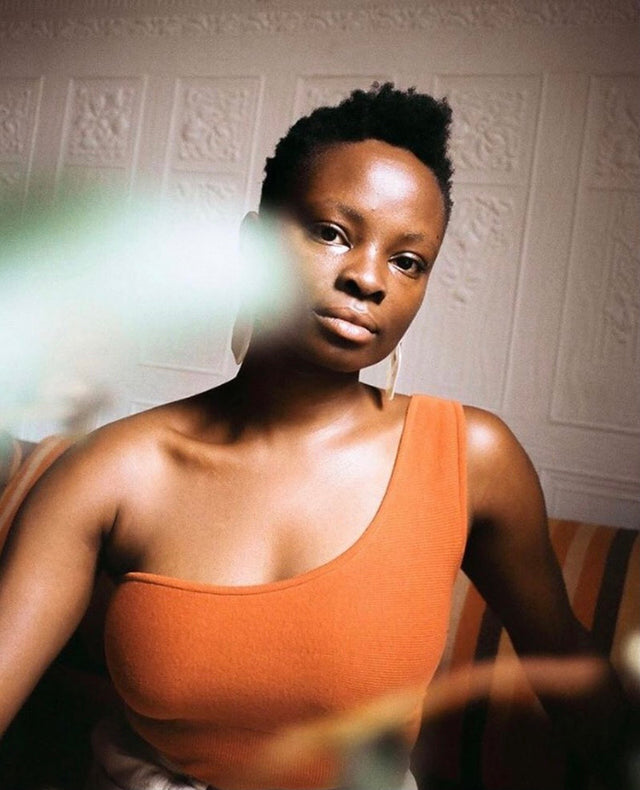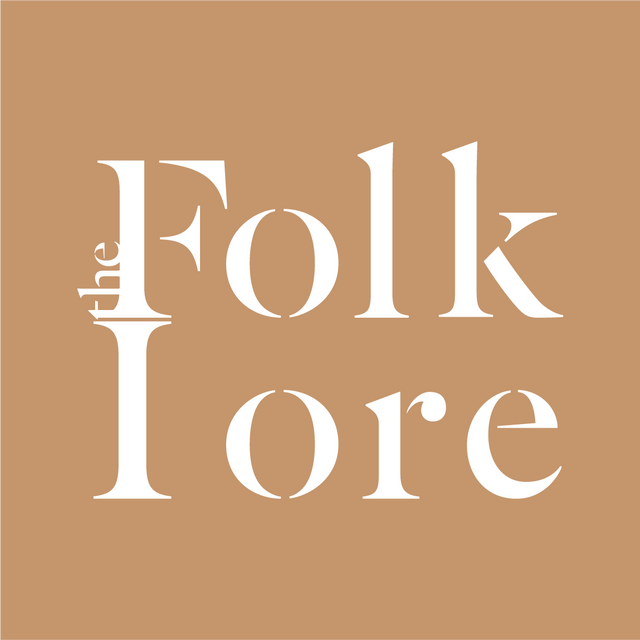The Edit: 3 New York-Based Jewelry Designers to Know
It’s widely known that a piece of jewelry can be a great means of self-expression. From amulets and charms that bring good luck to pieces that denote social status, jewelry can communicate a lot of things about a person without a word being said. They can also be as much of a political comment as a sartorial statement.
The act of dressing up and adorning ourselves with jewelry can greatly influence how we feel on any given day. What we wear can make us feel more or less prepared for the day, like armor, affect our confidence and, even in some cases, as research has shown, more or less competent.
For Black people, though, jewelry takes on a more cultural significance. Hip-hop rappers of the 1980s and 1990s famously ushered the era of “bling”—conspicuous, statement jewelry that weighed tons and cost a whole lot. While it was easy to disregard them as unsophisticated displays of wealth, bling represented success and the kind of riches that had been denied to Black people. And even with their success, many rappers and athletes had to have their pieces custom-made because the traditional jewelry houses were not interested in serving them.
While the barrier to entry is high and many designers of color are very much underrepresented in jewelry design, more and more designers are emerging in this sector of the fashion industry, using the small pieces of accessories to tell stories about identity, empowerment and symbolism. From the creatives who want to produce pieces that can be worn everyday to the designer trying to redefine what luxury means, below are three jewelry designers who are breaking down barriers with their handcrafted designs.
KHIRY

Jameel Mohammed, founder and creative director of KHIRY
After he was told by the CEO of a luxury goods company that true luxury brands could only emerge from Paris and Milan, Jameel Mohammed founded KHIRY in 2016 in his dorm room at the University of Pennsylvania, following a Kickstarter campaigned raised $25,000 in less than a month.
Mohammed decided to leave behind his studies in political science to pursue jewelry design after a necklace he’d created caught the eye of the fashion director at Barney’s in New York, which led to an internship at the luxury department store. Today, Mohammed’s designs for KHIRY have adorned the likes of Michelle Obama, Serena Williams, rapper Megan Thee Stallion and poet Amanda Gorman, notably on her cover of TIME magazine.
Mohammed’s career design began while still in high school when he interned with designers Nicole Miller and Narciso Rodriguez at the age of 16, where he gained an understanding of business workings including merchandising and retailing.
In the years since, Mohammed has been recognized in the industry as one of the up and coming new guard of game-changers who are establishing themselves as major contenders in the world of fashion. In 2021, he made the Forbes 30 Under 30 list and was one of the finalists for the CFDA/Vogue Fashion Fund Award and recipients of its grant.
KHIRY, which is also Mohammed’s middle name and translates to “benevolent” in Arabic, or “wealth and fortune” in Swahili, was founded to subvert the standard of what luxury means and how a Black-owned brand could establish a new narrative in the sector. Described by Mohammed as an “Afrofuturist luxury brand”, KHIRY pays homage to the African continent and the diaspora with distinct pieces that evoke nature or traditional gourd containers, made from classic luxury signifiers of gold silver and precious stones.
Shop KHIRY here
Third Crown

Kristin and Kofi Essel, founders of Third Crown
Kofi and Kristin Essel are not just partners in life, but in business. The husband-and-wife duo are the brains behind New York jewelry brand Third Crown, which they started in 2013. The brand gets its name from their union, as the result of two creatives coming together to form a third entity.
The inception of Third Crown came after Kristin, a jewelry design intern at David Yurman in New York, gifted menswear designer Kofi a rosary bead necklace she designed and made for him. Kofi wore it constantly and the necklace received many compliments and inquiries about it, Kofi, prompting him to suggest the idea of combining their talents to launch a jewelry brand together.
Kristin, a Queens native who was raised in Florida, brought to the venture valuable experience gained from stints at Reed Krakoff and Eddie Borgo while Kofi, who grew up between the UK and Ghana, studied menswear design at the Fashion Institute of Technology.
The couple has successfully managed to devote themselves to a single shared vision that has seen their designs worn by Beyoncé and Solange Knowles. The DNA of the brand is infused with their harmonious partnership and honor for their Ghanaian heritage and Jamaican roots.
Third Crown produces modern and unique jewelry that calls back to the bold designs worn by African chiefs to signify their status, and also takes inspiration from geometric shapes that can be found in architectural structures. The brand’s first collection was called the Arc collection, after the Arc de Triomphe monument in Paris, France. The pieces established the clean lines, arc and triangular bevel designs that have since become a house signature.
Shop Third Crown here
Octave

Ope Omojola, founder and designer of Octave
Founded by Nigerian-born New York-based designer Ope Omojola, jewelry brand Octave came into being as the culmination of Omojola’s childhood creativity. While in high school, she made her own clothes and jewelry from materials she could find such as tissue paper and foil.
After graduating in Cultural Studies and working in “the real world”, Omojola realized that she missed working with her hands. As a way to blow off steam, she began taking metalsmith classes and crafting jewelry for herself, which she described as small sculptures that she could carry around with her. Before long, she found that other people were interested in her designs and she began making them for sale, from which Octave organically grew.
The name Octave is borrowed from a medical clinic of the same name that Omojola’s mother owned and ran when she was growing up in Nigeria; her love for the name, the number eight and its musical significance stayed with her.
Omojola also honed her skills as an artist-in-residence at the UrbanGlass Bead Project in 2019, a program that provides 10 weeks of instruction in bead-making and jewelry assembly. Inspired by geometry and soft organic forms, her signature sculptural style has developed through the lapidary of jade, opal, agate and jasper stones, held with sterling silver and gold. The result is wearable stud earrings and carved hoops—each cut by hand in Omojola’s Brooklyn studio—that add a touch of craft to any look.
Shop Octave here


